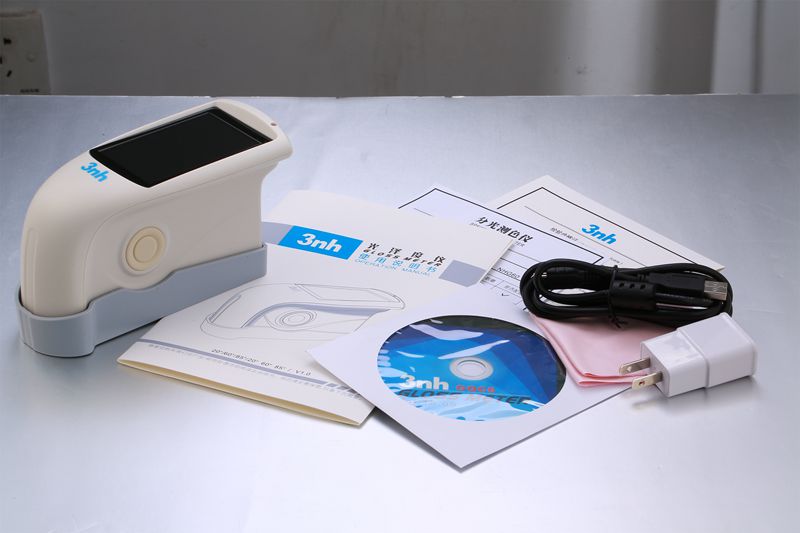How to Choose Gloss Meter by Surface Characteristic
ISO 2813 and ASTM D523 (the most commonly used standards) describe three measurement angles for the measurement of gloss across surfaces of all levels. The standard gloss unit (GU) is used.
a) Semi Gloss – 60 degree - Universal Measurement Angle for Gloss Meters
All gloss levels can be measured using the standard measurement angle of 60 degree gloss meter. This is used as the reference angle with the complimentary angles of 85º and 20º often used for low and high gloss levels respectively.
b) Low Gloss – 85 degree
For improved resolution of low gloss, the 85 degree angle is recommended for surfaces which measure less than 10 GU when measured at 60 degree. This angle also has a larger measurement spot which will average out differences in the gloss of textured or slightly uneven surfaces.
c) High Gloss – 20 degree
The acute measurement angle of 20 degree gives improved resolution for high gloss surfaces. Surfaces that measure 70 GU and above at the standard angle of 60 degree are often measured with the 20 degree geometry.
High glossy surfaces can be affected by another characteristic called, “Haze”. Thus the 20 degree angle measurement is more sensitive to haze effects. These affect the appearance of a surface. Please see our section on Haze and Hazemeter to measure both Haze and Gloss.
d) Small Surface Areas
3nh brand R&D team resolves the gloss differences across holograms and the polish on coins, steering wheels and extruded pipe work. The 3nh Small Area Gloss Meter has a very small measurement spot of 1.5*2mm.
e) Irregular Surfaces or Curved Surfaces
When irregular or textured surfaces are measured, the small measurement area can give different gloss values compared to a standard meter that has larger measurement area.
f) Cylindrical Surfaces w/Jig for Cylinders and Rolls
All standard gloss meters are designed for flat surfaces, if they are used on a curved surface, the measurement beam is reflected away from the instrument detector resulting in incorrect readings. The solution to this problem is to using a very small area. The light is slightly scattered by the curved surface, however as long as the reflected beam remains sufficiently narrow to remain within the instrument detector the reading will be correct.

